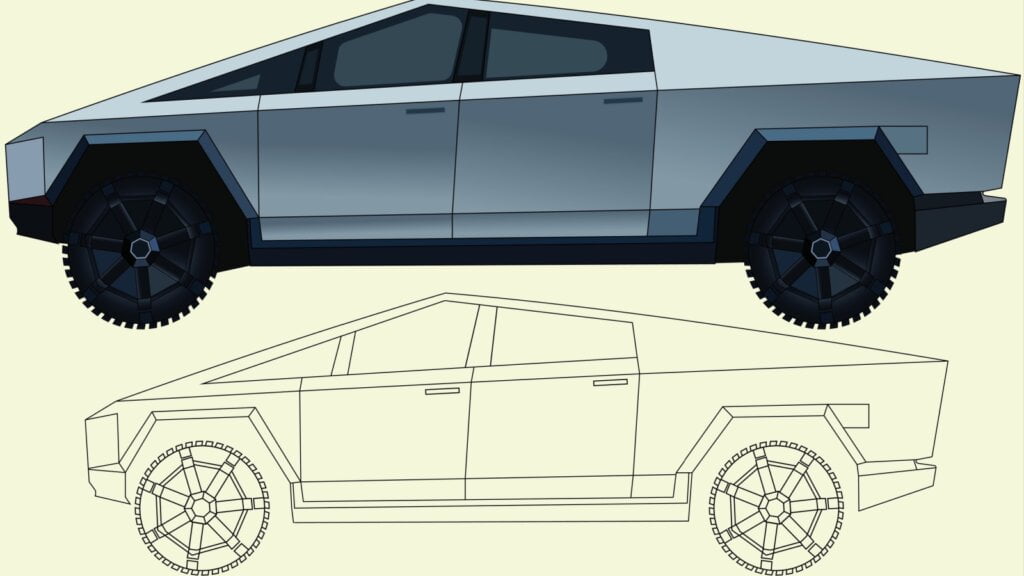The 1980s marked a transformative period in the automotive industry, with groundbreaking innovations that reshaped how we drive and perceive automobiles. From technological advancements to design revolutions, this pivotal decade laid the foundation for the modern automotive landscape. We explore 15 reasons the 1980s stand out as the most innovative era in automotive history.
Introduction of Fuel Injection Systems
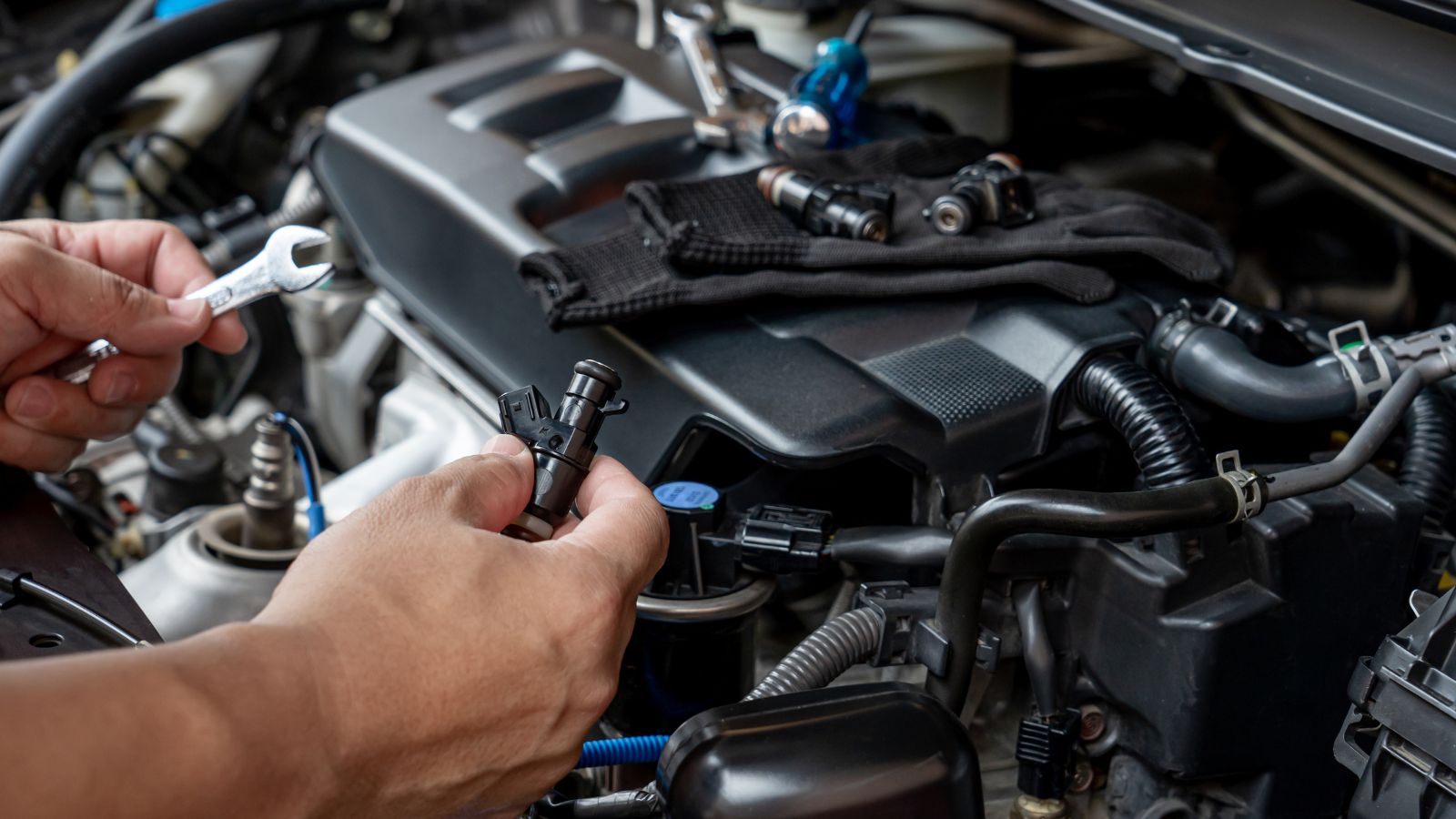
The 1980s saw the widespread adoption of fuel injection systems in automobiles, with Digital systems like Bosch Motronic and Ford EEC-III emerging. This technology replaced carburetors, offering better fuel efficiency, improved engine performance, and reduced emissions. Fuel injection systems became standard in most vehicles by the decade’s end, setting the stage for modern engine management systems.
Rise of Turbocharging
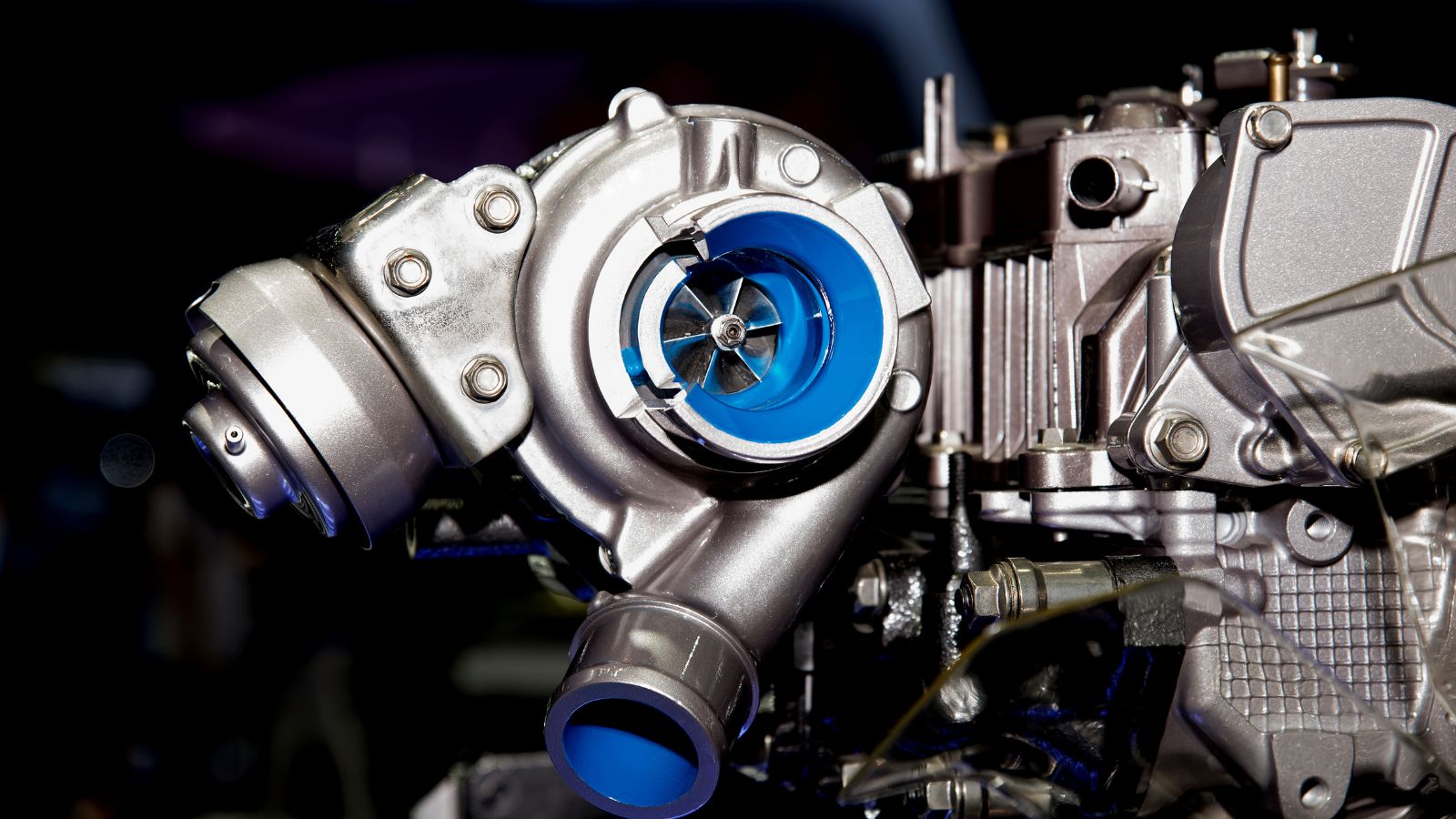
Turbocharging became increasingly popular in the 1980s, particularly in sports cars and performance vehicles. This technology boosted engine power by forcing more air into the combustion chamber, producing higher horsepower and torque outputs. Iconic cars like the Porsche 911 Turbo and the Buick Grand National exemplified the prowess of turbocharged engines during this period. In the late 1980s, the Nissan Skyline GT-R of 1989 also won 29 races from 29 starts in the Japanese Touring Car Championship, reaching a whole new level of supremacy in turbocharging.
Advancements in Aerodynamics
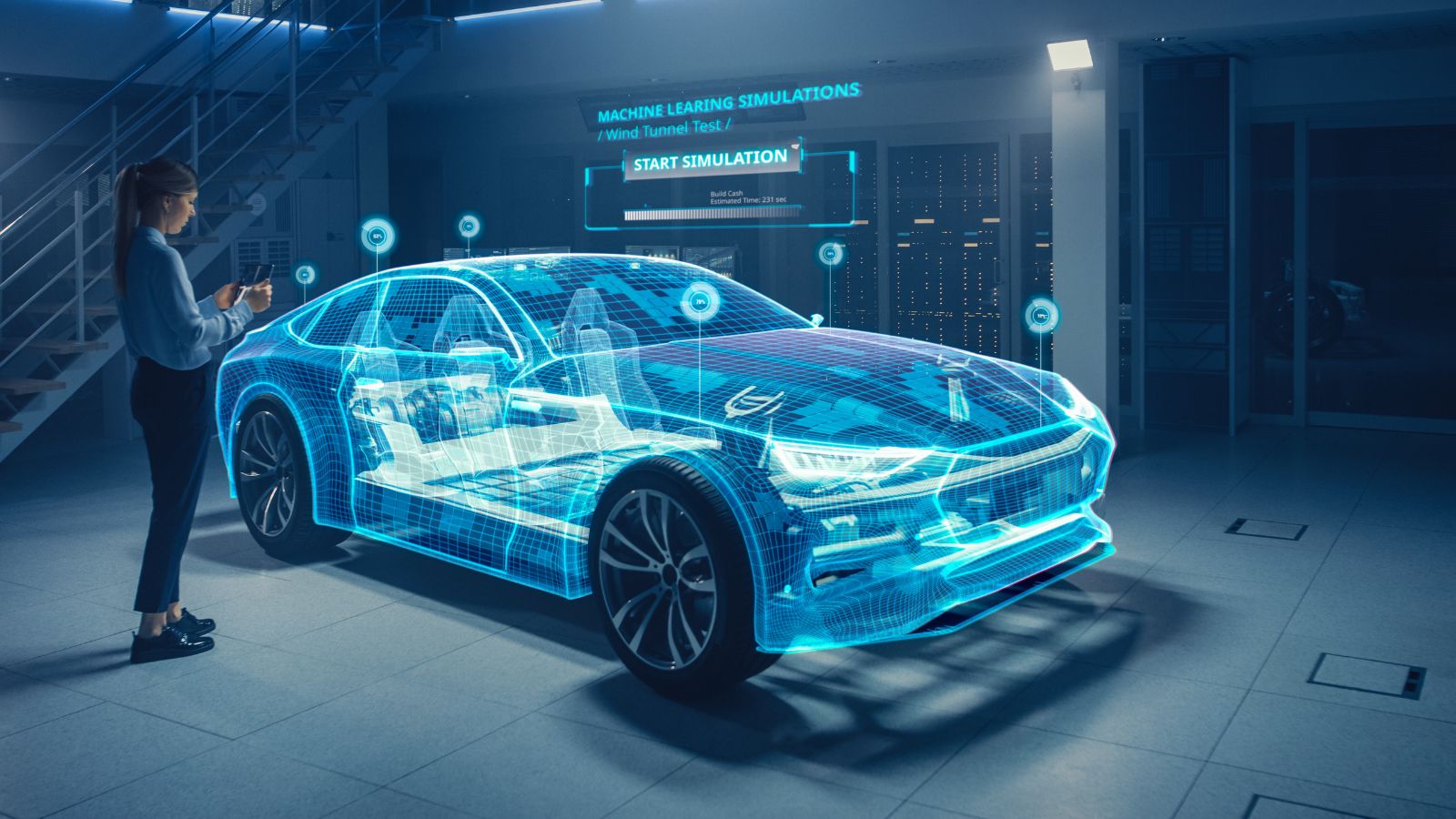
Automakers prioritized aerodynamic efficiency in the 1980s, leading to sleeker designs that reduced drag and improved fuel economy. Some of the earliest cars to carry this feature included the 1986 Porsche 959, the 1988 Volkswagen Corrado, and the 1991 Mitsubishi 3000GT VR-4. The introduction of wind tunnel testing allowed manufacturers to optimize vehicle shapes for better performance at high speeds, enhancing stability and fuel efficiency.
Development of Anti-lock Braking Systems (ABS)

In the decade we have witnessed the introduction of anti-lock braking systems, there has been a significant advancement in automotive safety technology. ABS consists of a wheel-mounted sensor that inputs wheel rotation speed into a microprocessor, preventing wheels from locking up during braking, enabling drivers to maintain steering control, and reducing the risk of skidding or losing control on slippery surfaces. This innovation revolutionized braking systems and became a standard feature in later years.
Electronic Engine Control Units (ECUs)
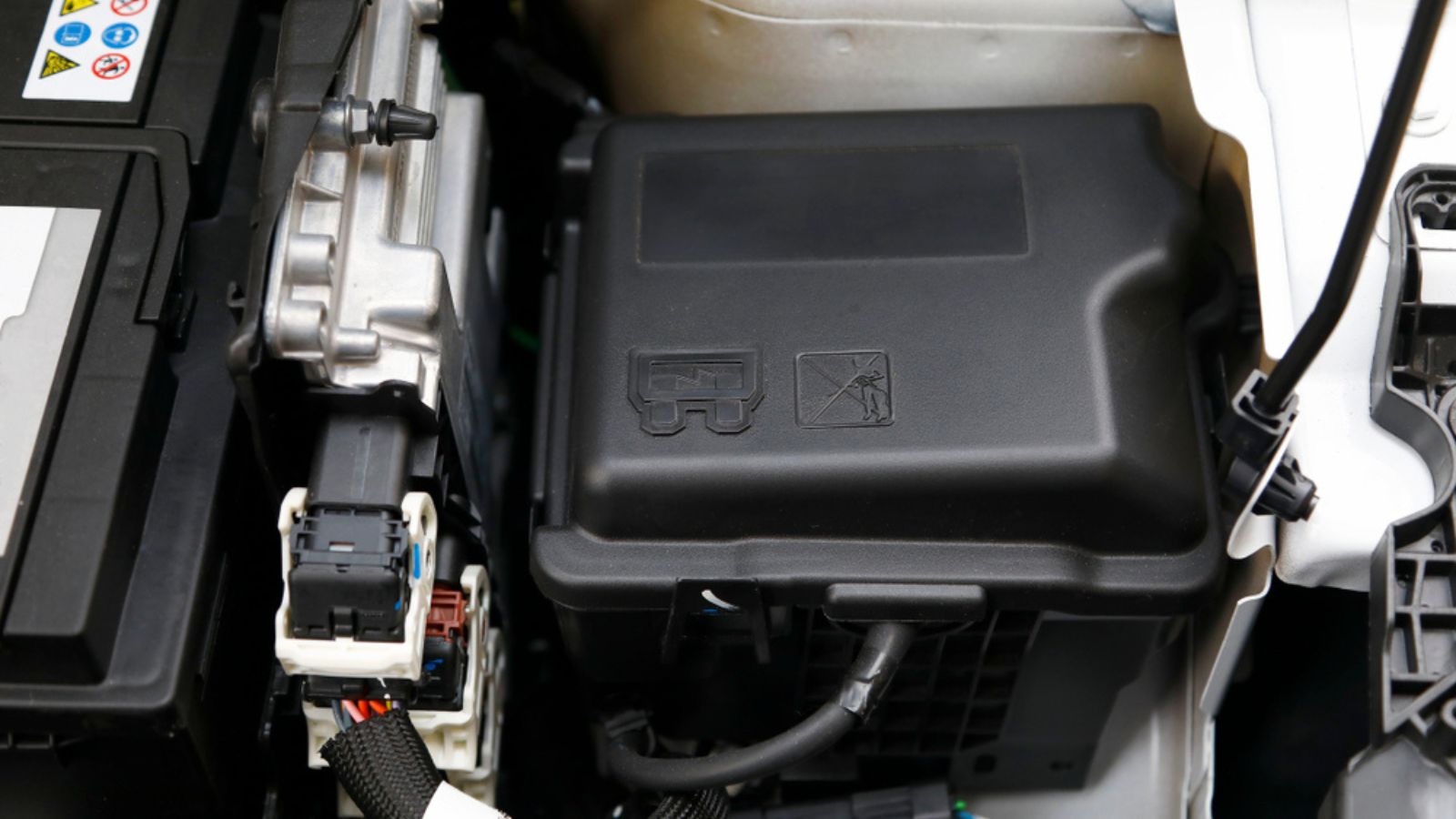
Second-generation Electronic engine control units emerged as a key innovation in the 1980s. They allowed for precise control of fuel delivery, ignition timing, and other engine parameters. ECUs replaced mechanical systems, enabling more efficient engine operation and facilitating the integration of additional features such as diagnostics and onboard computers.
Introduction of Four-Wheel Drive (4WD) and All-Wheel Drive (AWD) Systems

The 1980s saw a surge in the popularity of four-wheel and all-wheel drive systems, offering improved traction and stability in various driving conditions. Vehicles like the Audi Quattro showcased the capabilities of AWD technology, enhancing both performance and safety on and off the road.
Innovations in Vehicle Electronics

This decade marked the transition to a more electronic-driven automotive landscape with the introduction of electronic ignition systems, digital displays, and onboard diagnostics. In later years, these advancements paved the way for integrating advanced features such as GPS navigation, climate control, and entertainment systems.
Focus on Lightweight Materials
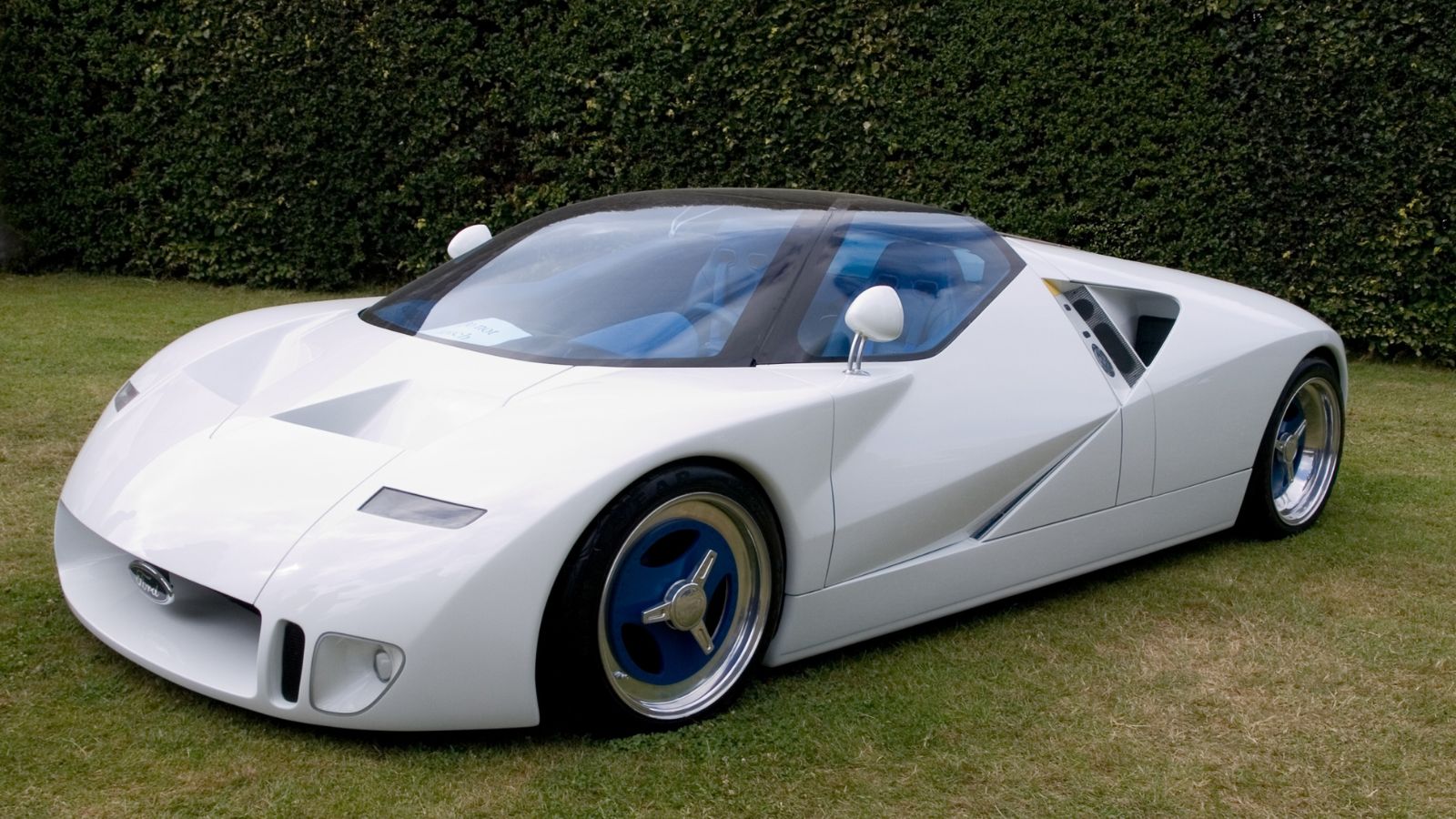
Automakers began exploring lightweight materials such as aluminum and composites in the 1980s to improve fuel efficiency and performance without compromising safety. Lightweight construction techniques became increasingly prevalent, influencing vehicle design and manufacturing processes for years.
Expansion of Safety Features

The 1980s witnessed significant advancements in automotive safety, with features such as airbags, crumple zones, and reinforced passenger compartments introduced. These innovations aimed to reduce the severity of injuries in the event of a collision, leading to improved overall vehicle safety standards.
Pioneering Hybrid Technology

While not yet mainstream, the 1980s saw the early development of hybrid vehicle technology. Experimental hybrid prototypes emerged, combining internal combustion engines with electric propulsion systems to enhance fuel efficiency and reduce emissions—a concept would later gain traction in the automotive industry.
Introduction of Computer-Aided Design (CAD)

The iconic decade for innovation also marked the widespread adoption of computer-aided design software in automotive engineering, revolutionizing the vehicle design process. CAD systems allowed designers to create and modify digital models with unprecedented precision, accelerating the development of new vehicles and components.
Advancements in Crash Test Technology
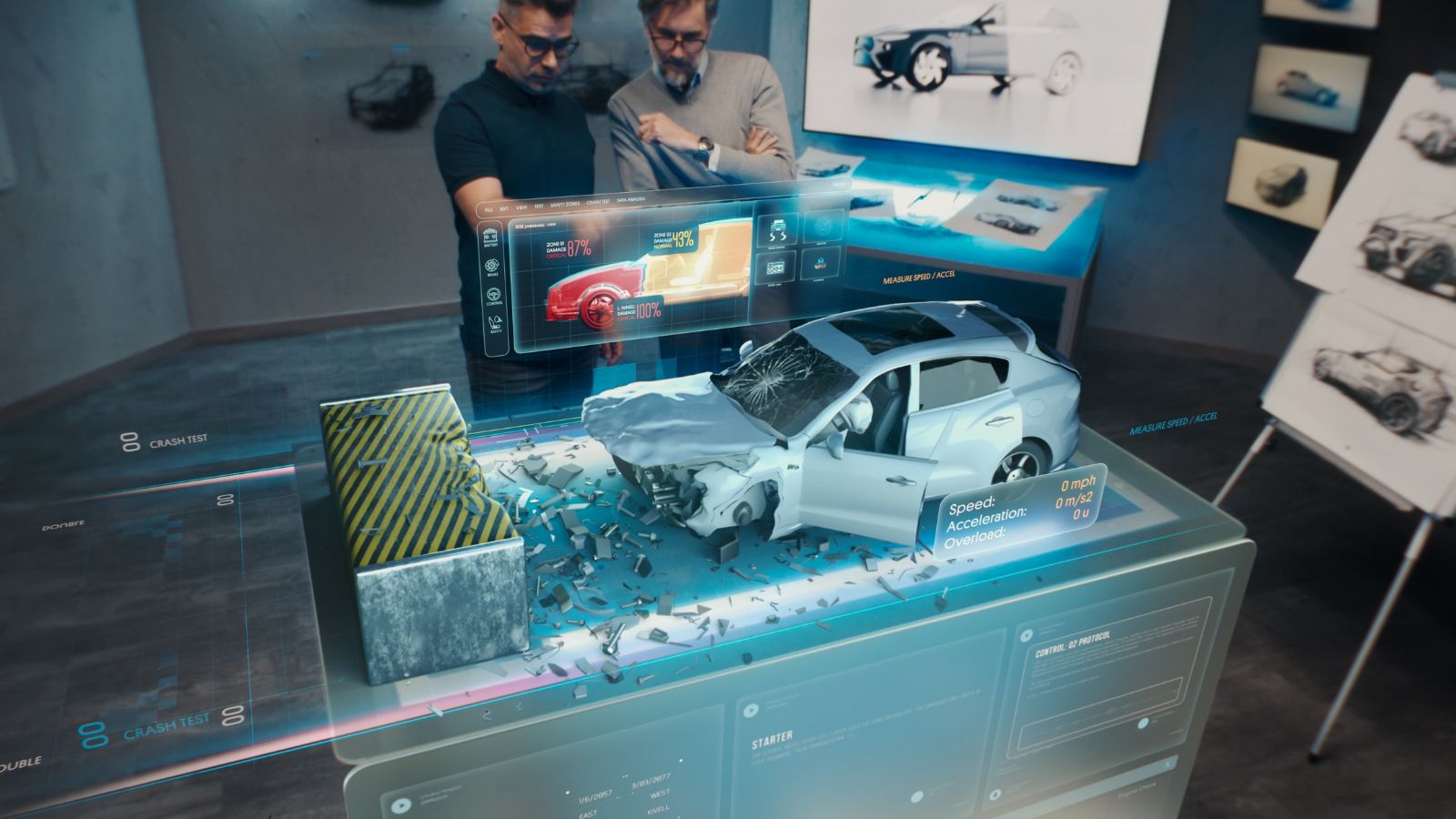
The 1980s saw significant improvements in crash test technology and safety standards, leading to more accurate assessments of vehicle crashworthiness. Rigorous crash testing became standard practice for automakers, driving continuous improvements in vehicle structural integrity and occupant protection.
Emergence of Electronic Stability Control (ESC)
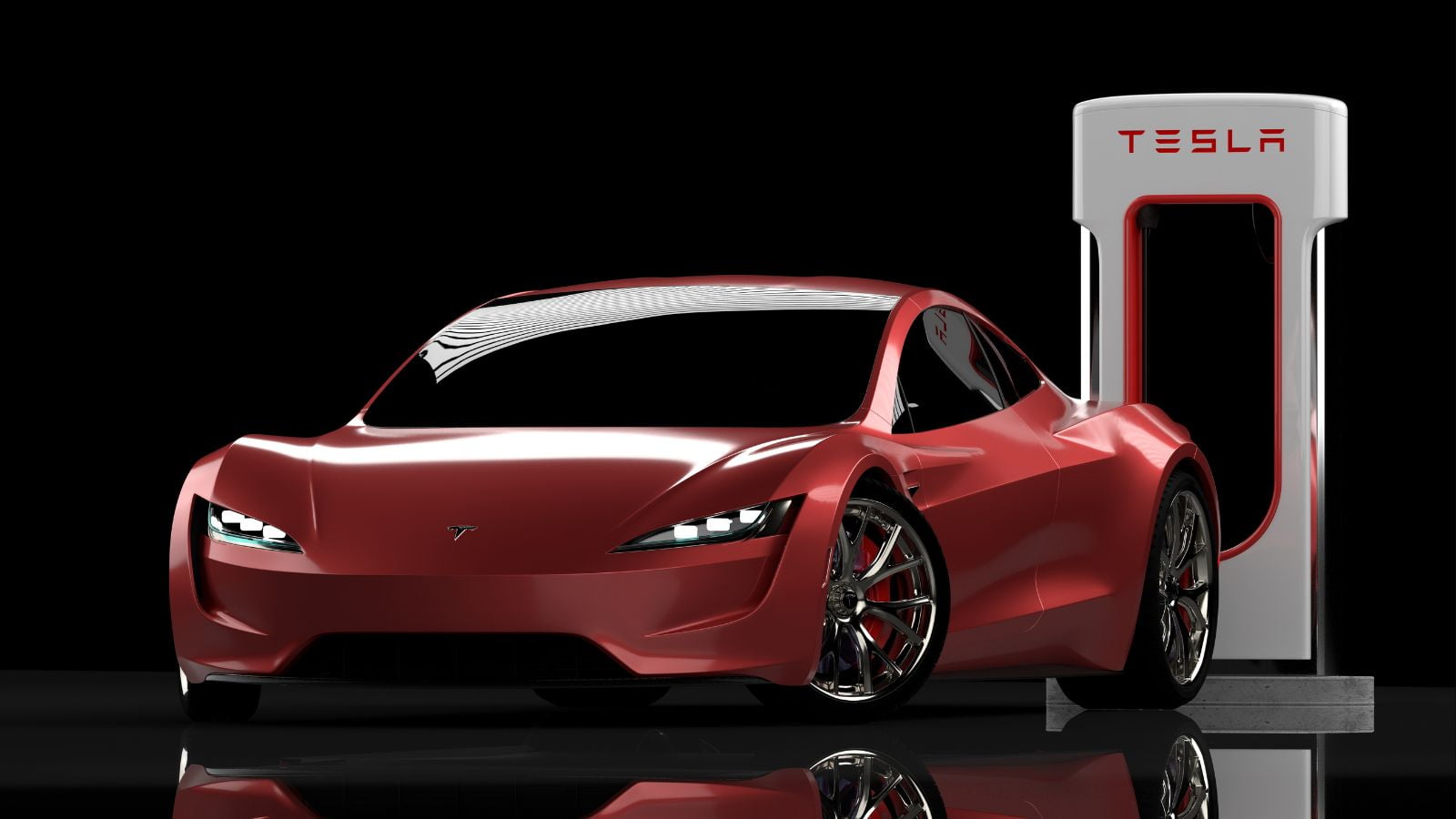
Towards the end of the decade, electronic stability control systems began to appear in some vehicles, offering enhanced traction and stability control. In 1983, a four-wheel electronic “Anti-Skid Control” system was introduced on the Toyota Crown, followed by Mercedes-Benz, BMW, and Toyota introducing their first traction control systems in 1987. ESC technology utilizes sensors to detect and mitigate skidding or loss of control, improving vehicle safety and handling dynamics in various driving conditions.
Integration of Infotainment Systems
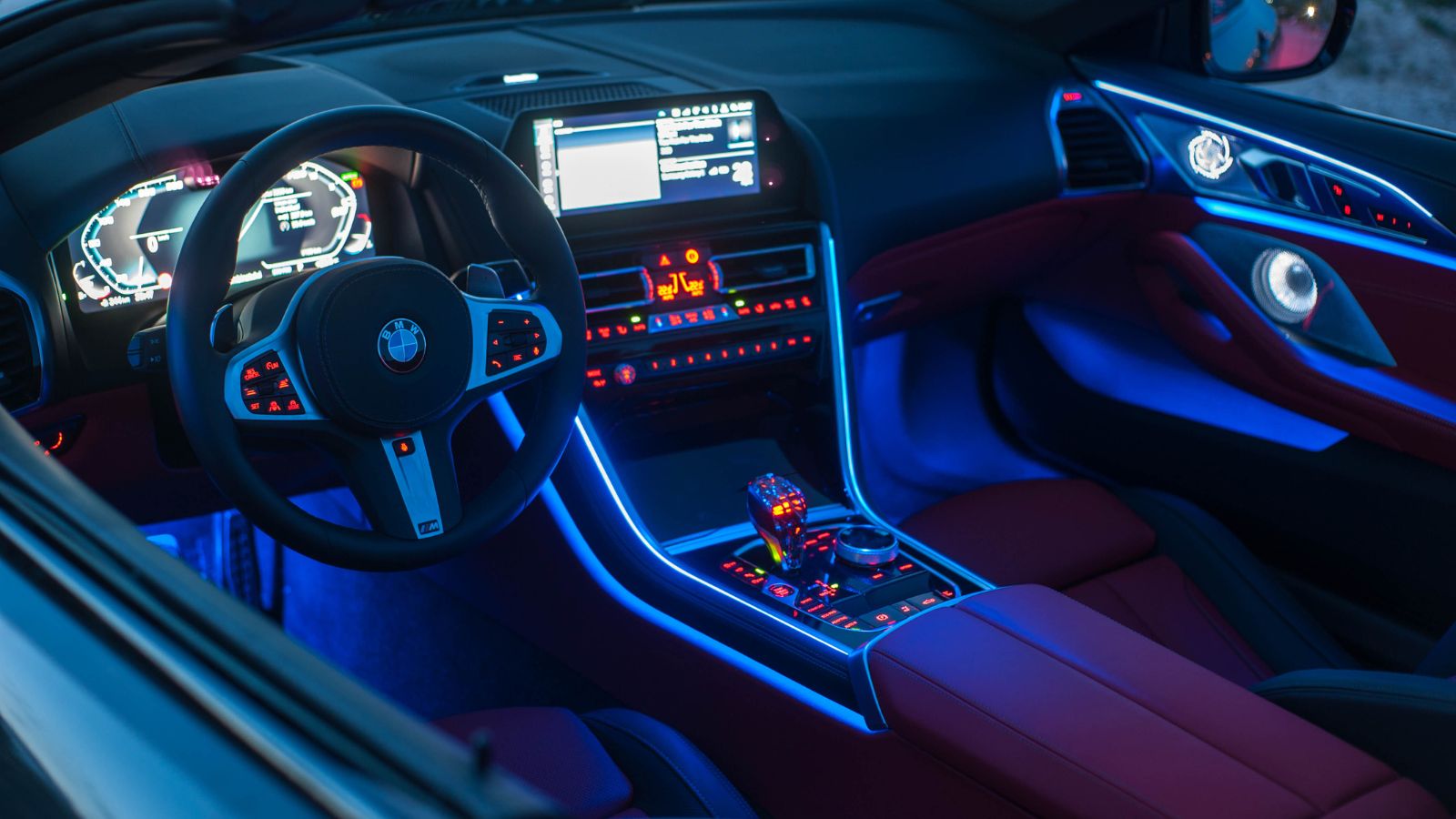
This influential decade witnessed the integration of early infotainment systems in vehicles, combining entertainment, communication, and navigation features into a single interface. While rudimentary compared to modern systems, these innovations laid the foundation for the interconnected multimedia platforms in today’s automobiles.
Catalyst for Future Innovations

Lastly, the 1980s catalyzed future automotive innovations, laying the groundwork for future advancements in subsequent decades. Many of the technologies and design principles pioneered during this era continue to influence and shape the automotive industry today.
15 Most Reliable Cars Ever Made — Why They Never Quit

Some claim that the dependability of autos has decreased. Modern cars have a shorter lifespan than some cars manufactured between the 1970s and the 1990s, but some new and used cars today are good enough to last for at least ten years and up to 500,000 miles. When these vehicles break down, most problems are relatively simple, and many don’t have serious difficulties. Here are 15 of the most reliable cars ever made: 15 Most Reliable Cars Ever Made — Why They Never Quit
